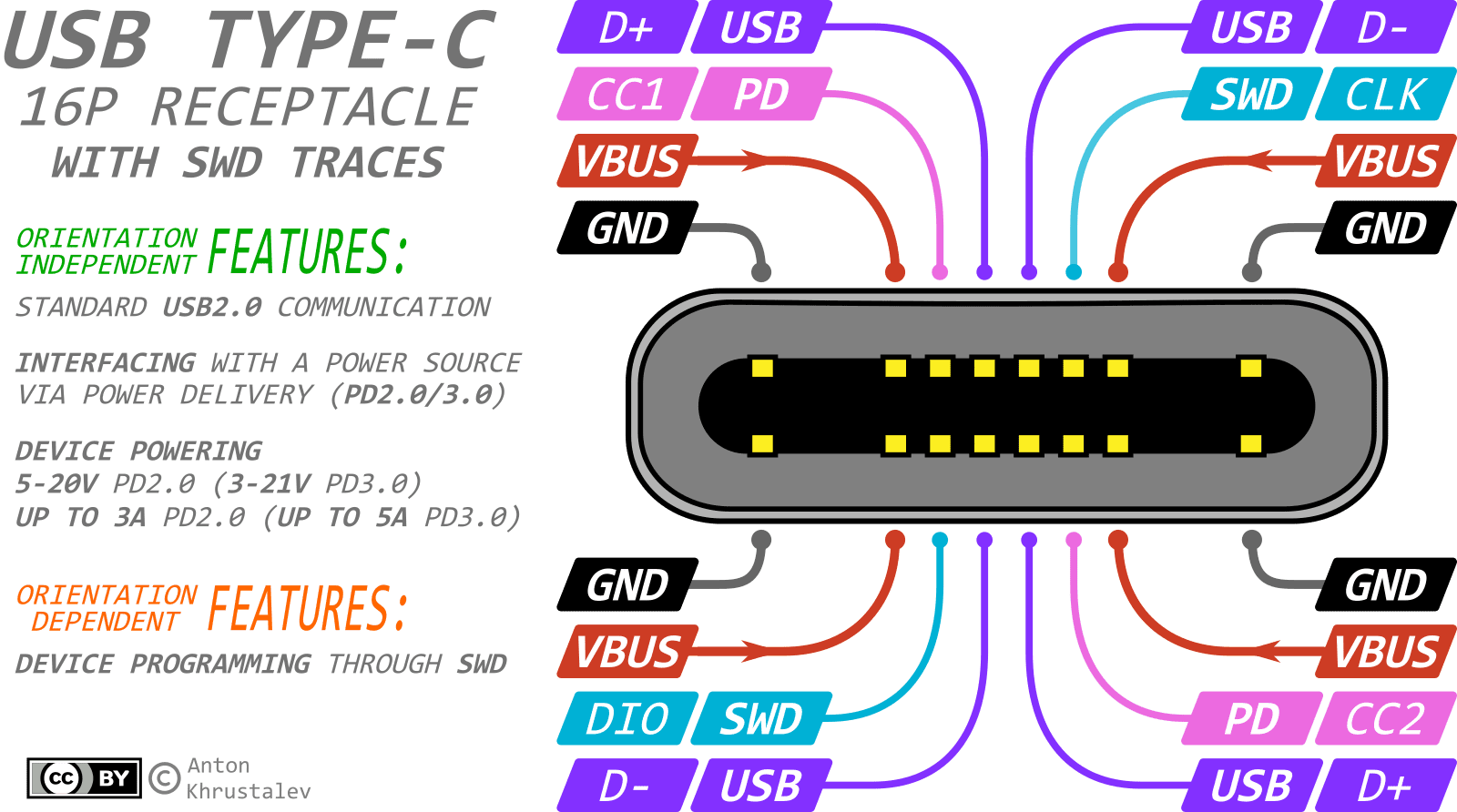MCU and Interfaces¶
The CLN17 combines a robust MCU with an array of flexible configuration connectors and numerous interfaces, designed for seamless integration into existing systems. The IMU can aid in orientation determination and error correction. The two user-configurable buttons allow for quick driver interaction, while the RGB LED offers intuitive visual feedback.
MCU overview¶
CLN17 utilizes the STM32G431CB - a high-performance microcontroller (MCU) based on the Arm® Cortex®-M4 core. This microcontroller is particularly well-suited for closed-loop stepper motor control applications due to its rich set of features, interfaces, and performance capabilities. The key features of the STM32G431 include:
- Memory: Endowed with 128 KB Flash memory, 32 KB SRAM and 1KB OTP memory for storing intricate data and algorithms.
- Mathematical Accelerator: Equipped with an Floating-Point Unit (FPU), Digital Signal Processing (DSP) instructions and COordinate Rotation Digital Computer (CORDIC) for rapid trigonometric functions, enhancing performance during intricate mathematical calculations.
- Interfaces: Provides a plethora of hardware interfaces, including I2C, SPI, UART, CAN, USB, and PowerDelivery, facilitating communication with various peripherals.
Supported interfaces¶
The CLN17 is designed as a highly versatile device, supports numerous protocols and interfaces, making it compatible with various applications. An overview of the supported interfaces and protocols follows. Note that the supported interface set depends on the connector's intended use.
USB Type-C Connector¶
USB Type-C offers a compact, quick, and flexible link to high-performance systems such as microcomputers through USB 2.0 FS. Power Delivery facilitates mode negotiation with power devices to supply up to 20V 5A to the board. Type-C provides direct firmware accessibility to the microcontroller using SWD, although it requires a specific programmer.

Universal Serial Bus 2.0 Full-Speed (USB2.0 FS): Provides fast, hot-plug communication between devices and the driver. Capable of short-range (up to 5 meters) transmission for applications requiring up to 12Mbit/s bandwidth. It supports various modes like Human Interface Device (HID), Communication Device Class (CDC), Mass Storage Class (MSC), Custom Class Device, and Device Firmware Upgrade (DFU).
PowerDelivery 2.0 (PD2.0): Allows devices to negotiate operational modes and power requirements via a USB Type-C connection. PD3.0 supports higher power demands up to 100W (20V, 5A) and Programmable Power Supply (PPS) for precise voltage regulation, yet it remains backward-compatible with PD 2.0.
Serial Wire Debug (SWD): Provides a low-pin-count interface for embedded system programming. It grants real-time system memory access without processor interruption or the need for a breakpoint, facilitating uninterrupted system operation. The interface is robust, supports error detection, and allows for high-speed data transfer.
CONTROL Connector¶
The combined CONTROL connector integrates 2 power lines and 4 5V tolerant signal lines, providing several interfaces, including but not limited to UART SW, I2C, and STEP-DIR interfaces. The connector also has an SWO line output for the SWD interface if debug is needed.

Universal Asynchronous Receiver/Transmitter Single-Wire (UART SW): Facilitates a cost-efficient interface for low-power applications requiring limited data transfer over a shared single wire. It functions at up to 1Mbps and is commonly used for short-range, point-to-point communication.
Inter-Integrated Circuit (I2C or IIC): Provides a widely-used, simple, and effective serial communication interface enabling multiple devices to communicate over a shared two-wire bus. Suitable for short-range data transmission at up to 3.4 Mbps bandwidth, and supports a network of up to 112 master and slave devices.
STEP-DIR: Manages motor activation, direction, and movement through three control wires. It's a traditional motor control interface, praised for its simplicity and intuitive operation.
CAN-Bus Connector¶
Two parallel connectors enable the driver to function as an intermediate or terminal element of the CAN-bus without additional components. A 120R terminating resistor can be used to form the correct bus impedance and prevent noise, but only if the driver is the terminal node of the bus.
Controller Area Network Bus with Flexible Data Rate (CAN-Bus FD): Established as an automotive communication standard with differential pair signaling for reliable, real-time communication between multiple devices at a baud rate up to 5Mbps and typical transmission distance of up to 1km.
EXPANSION Board Connector¶
This connector is designed for interaction with expansion boards and furnishes 2 power lines and 6 signal lines, each capable of functioning as a GPIO digital input, digital output, PWM. Additionally, two can serve as fully-fledged UARTs, and 4 as ADC inputs.

Universal Asynchronous Receiver/Transmitter (UART): Facilitates a cost-efficient interface for low-power, high data transfer applications. It functions at up to 5Mbps and is commonly used for short-range, point-to-point communication.